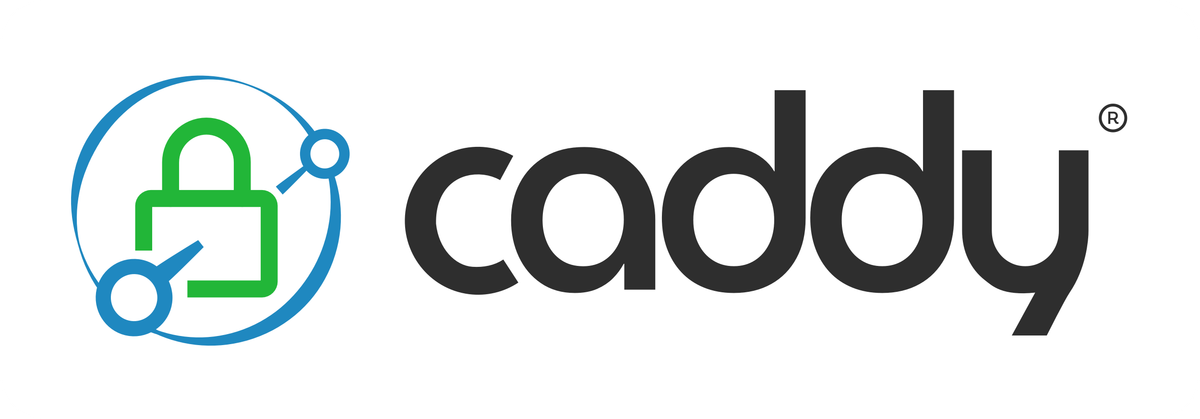Caddy TLS On-Demand: Dynamic HTTPS with Let’s Encrypt

What Is TLS On-Demand in Caddy?
Caddy is famous for making HTTPS easy. Normally, you pre-configure domains, and Caddy automatically fetches and renews certificates from Let’s Encrypt or ZeroSSL.
But what if you don’t know all the domains in advance?
That’s where TLS On-Demand comes in. Instead of requiring you to list every hostname up front, Caddy can request a TLS certificate the moment a client connects.
This is especially useful for:
- SaaS platforms where customers bring their own domains
- Multi-tenant apps with dynamic subdomains
- Hosting providers that serve new domains without manual setup
How TLS On-Demand Works
- A client connects to
example.comfor the first time. - Caddy checks for a cached certificate.
- If none exists, Caddy requests one from Let’s Encrypt (or ZeroSSL).
- The certificate is stored locally and automatically renewed before expiry.
- Future requests serve the cached certificate instantly.
👉 This means no manual certbot scripts or messy cron jobs.
Example Caddyfile Configuration
Here’s a simple configuration with on-demand TLS enabled:
{
on_demand_tls {
ask https://your-api.example.com/check-domain
interval 2m
burst 5
}
}
:443 {
tls {
on_demand
}
reverse_proxy localhost:8080
}
Explanation:
on_demand_tls(global option) enables the feature.asklets you control which domains are allowed by checking against your API.intervalandburstprovide rate-limiting to prevent abuse.- The site block
:443accepts any domain pointing to the server. - Certificates are requested dynamically and then cached for reuse.
Security Best Practices
TLS On-Demand is powerful but can be abused if left open. For example, attackers could point thousands of random domains at your server, exhausting rate limits.
To stay safe:
- ✅ Use the
askdirective to validate customer domains against your database. - ✅ Configure
intervalandburstto limit certificate requests. - ✅ Monitor your certificate logs for unexpected domains.
- ✅ Keep Caddy updated to benefit from the latest security patches.
Real-World Use Cases
- Multi-tenant SaaS: Customers get HTTPS automatically on their own domain.
- Dynamic subdomains: Services like
user123.example.comare secured instantly. - Reverse proxies: Hosting arbitrary customer domains without manual certs.
- Self-hosted services: Developers deploying new apps on the fly.
FAQ: TLS On-Demand in Caddy
Q: What is TLS On-Demand in Caddy?
A: It’s a feature where Caddy requests TLS certificates at the moment a client connects, instead of requiring preconfigured domains.
Q: Is TLS On-Demand safe?
A: Yes, as long as you use safeguards like ask validation and rate-limiting to prevent abuse.
Q: How is Caddy different from Nginx or Apache for HTTPS?
A: Unlike Nginx or Apache, which require manual certificate setup (or external tools like Certbot), Caddy handles certificate issuance, renewal, and even on-demand provisioning automatically.
Key Takeaways
- TLS On-Demand is ideal for SaaS and dynamic hosting scenarios.
- Always configure security checks to avoid abuse.
- With just a few lines of configuration, you can enable automatic HTTPS at scale.
📌 By optimizing your Caddy setup with TLS On-Demand, you eliminate certificate headaches and deliver secure connections to every domain, automatically.



